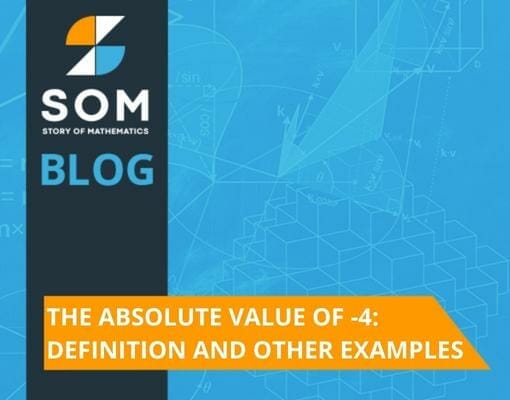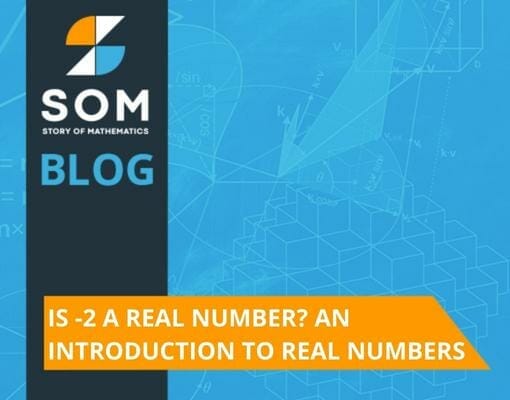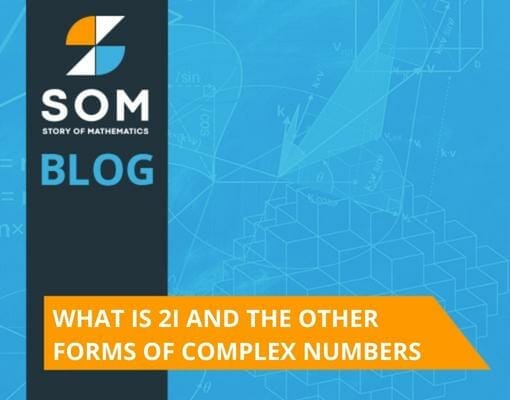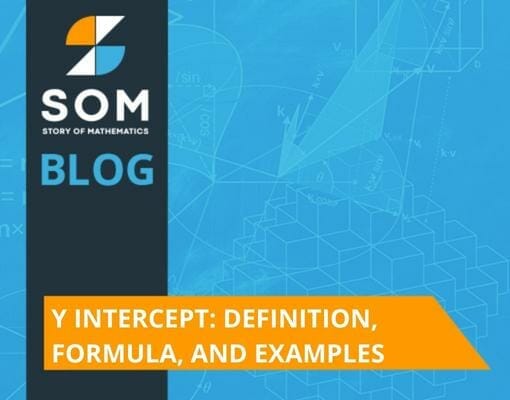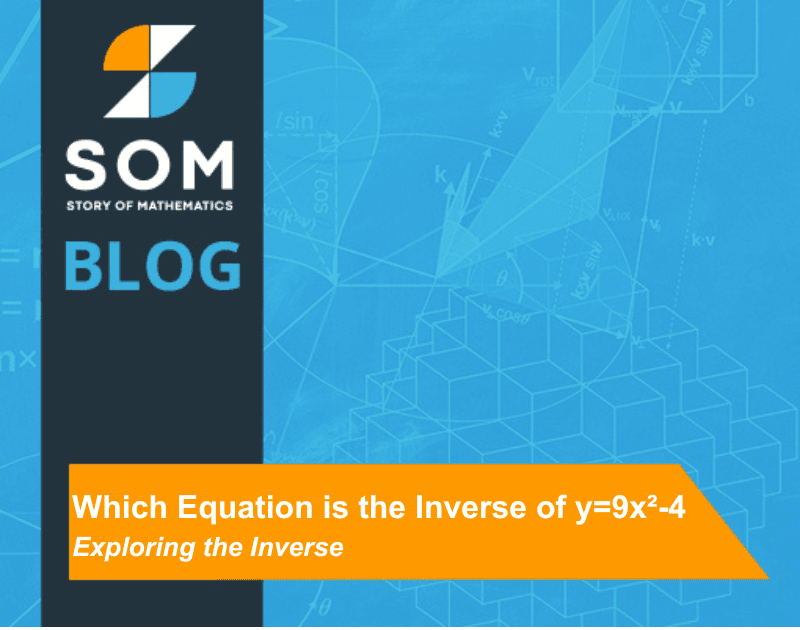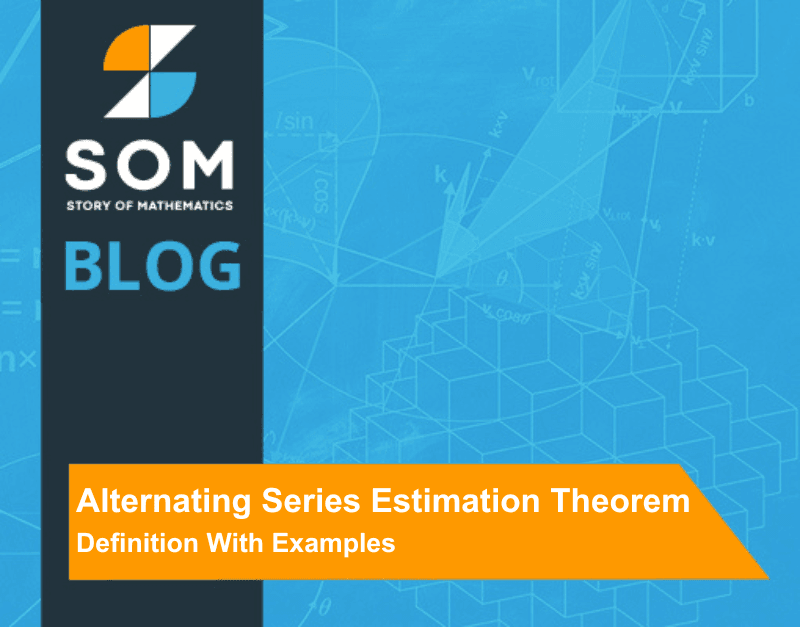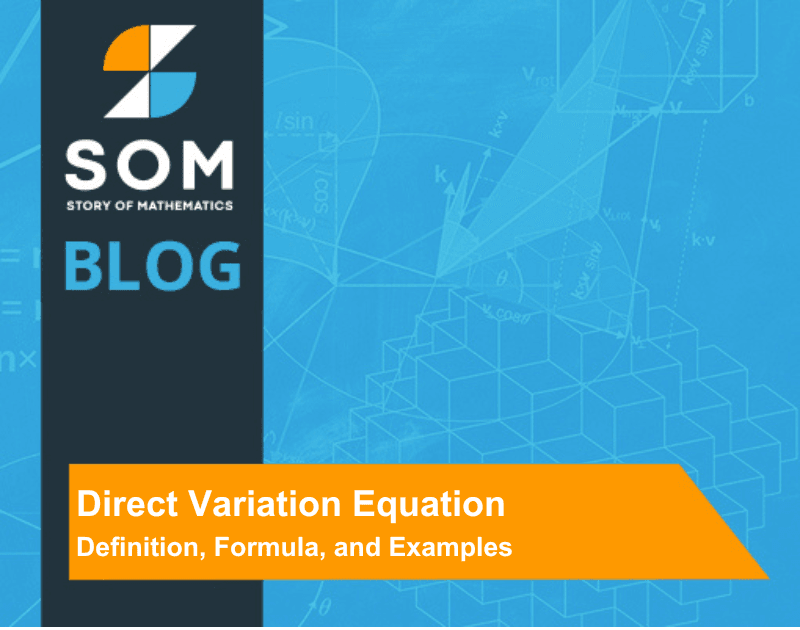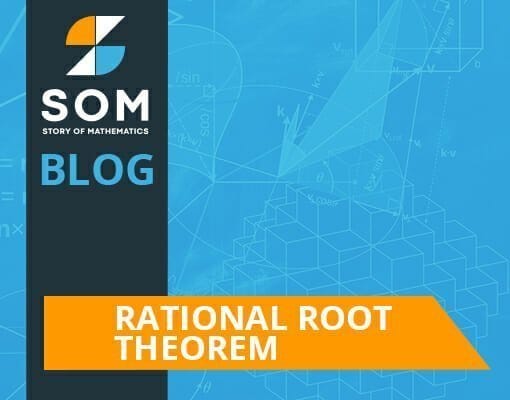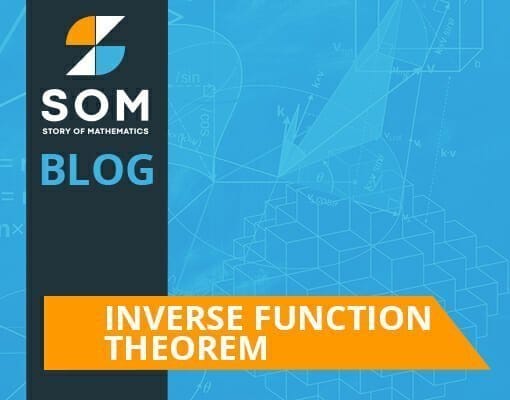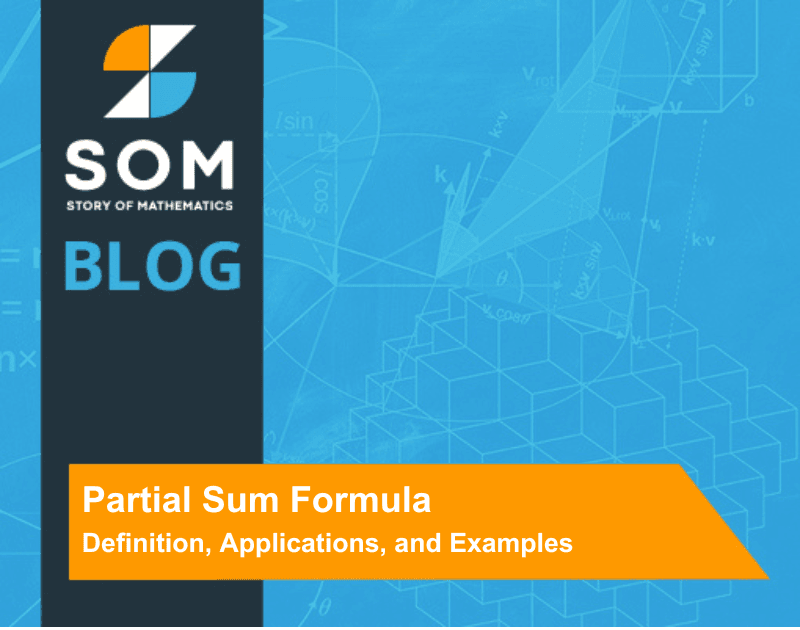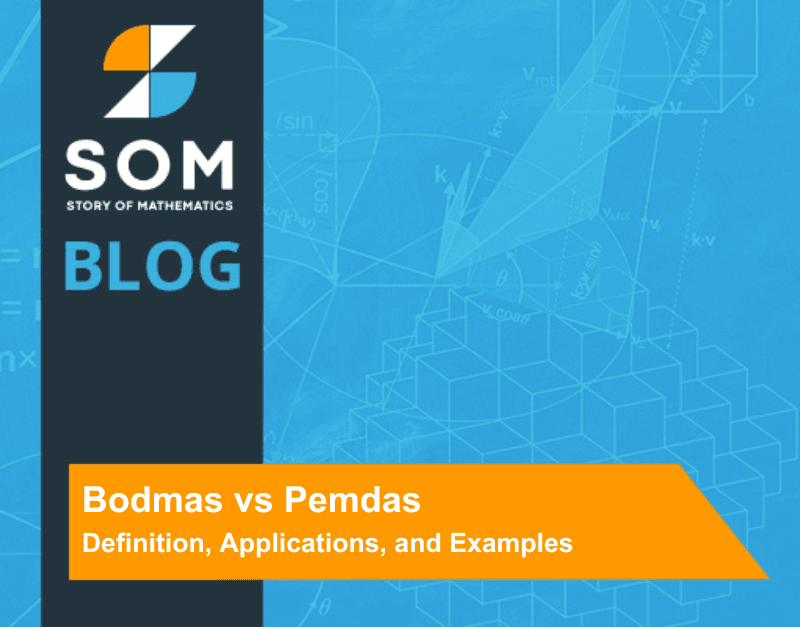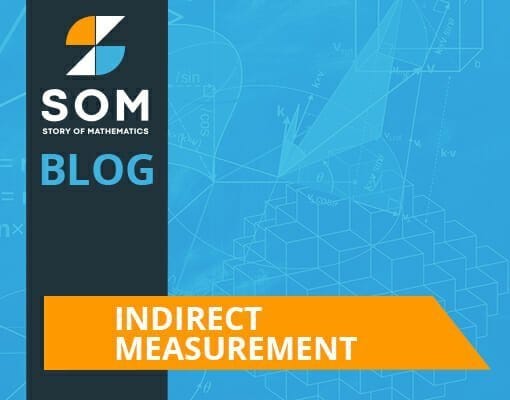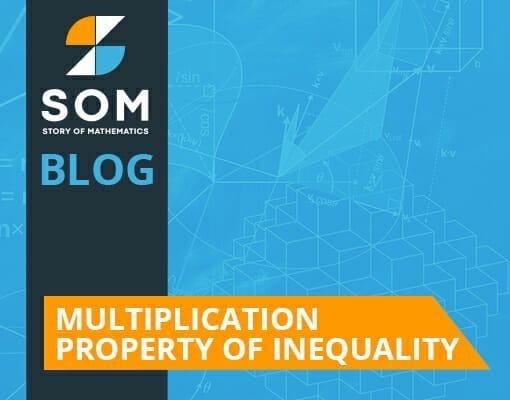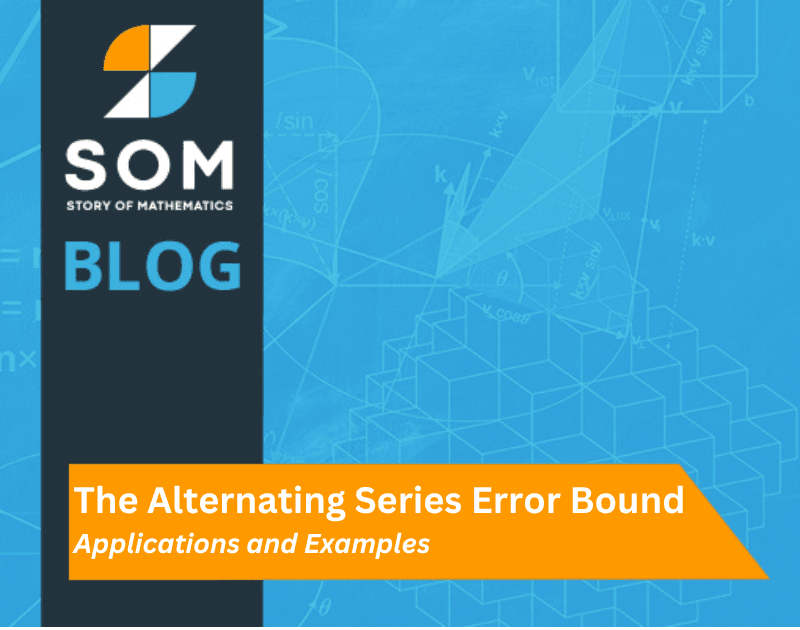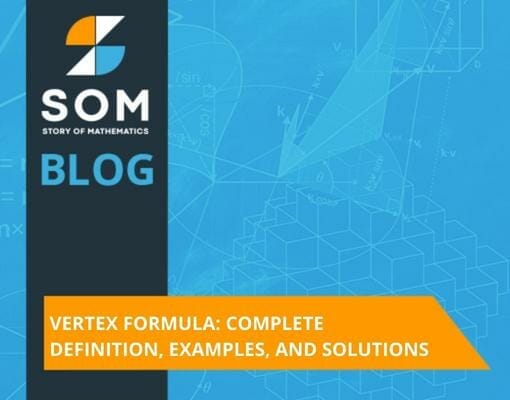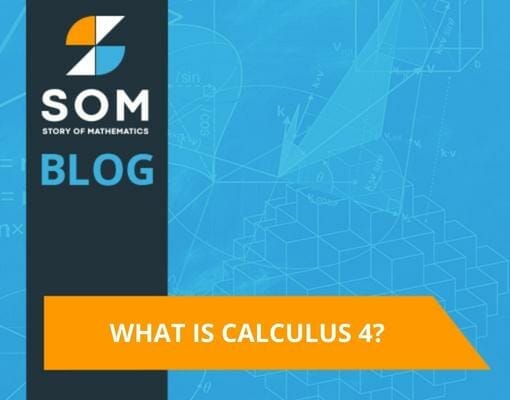The absolute value of -4 is the positive, or more specifically, the nonnegative, real number $4$. The concept of absolute value has many applications in both mathematics and everyday life. Thus, learning how to solve for absolute values is important. In this article, we will discuss the definition of absolute value and how to find […]
Category Archives: Algebra
To know what is the additive inverse of the polynomial, we solve for the polynomial that results from negating all of the terms in the original polynomial. In other words, the additive inverse of a polynomial is the polynomial that has the same coefficients as the original polynomial but with the opposite sign. Additive inverses […]
Is -2 a real number? The answer is yes; $-2$ is a real number. Real numbers are the numbers that we use in our everyday lives. They are the numbers that we use when we count or measure things. They are the numbers that we use when we add, subtract, multiply, and divide. The Real […]
Solving initial value problems (IVPs) is an important concept in differential equations. Like the unique key that opens a specific door, an initial condition can unlock a unique solution to a differential equation. As we dive into this article, we aim to unravel the mysterious process of solving initial value problems in differential equations. This […]
What is 2i? It is an imaginary number because 2i has the form $bi$, where $b$ is a real number, and $i$ is the imaginary unit. These numbers give a value for the square root of negative numbers. Note that the square root of a negative number does not exist in the real line. Let […]
Inverse variation means that a variable has an inverse relationship with another variable, i.e., the two quantities are inversely proportional or varies inversely to each other. Mathematically, it is defined by the relation $y = dfrac{c}{x}$, where $x$ and $y$ are two variables and $c$ is a constant. Two quantities $x$ and $y$ are said […]
In defining what is y intercept, we need to take note of the graph of a function. The y-intercept of any given function is the point where the graph touches the y-axis. Thus, the y-intercept of a graph is the point $(0,b)$ where $b$ is the value in the y-axis where the graph crosses. It […]
Embrace the elegance of mathematics as we delve into the exciting world of absolute value limits. This article explores the concept of absolute value limits, highlighting the mathematical rules, important properties, and the powerful applications they hold. Definition of Absolute Value Limits In mathematics, the limit of a function as its argument or input tends […]
To find all the real square roots of – 9/16, first, pay attention to the negative sign in the fraction, and note that negative numbers do not have real square roots. Thus, the answer to this problem is that – 9/16 does not have real square roots. Let’s find out why – 9/16 does not […]
The limit of a series is a fundamental concept in mathematical analysis that provide insights into the behavior and convergence of sequences. This article dives into the intricacies of the limit of a series, investigating the patterns that determine whether a series converges to a finite value or diverges to infinity. By examining the foundations […]
The AC method is a mathematical method that is used in the factorization of quadratic functions. The AC method is also called the lazy ac method, and it is used to determine whether the factors of the given function can be determined or not. It can also be used for factoring polynomials or, more specifically […]
Caltech vs MIT: Both the universities are a cut above the rest when it comes to research and development in science and technology. In this article, we will compare these two universities based on location, admission criteria, academic programs, fee structure, financial aid, student community, and various other factors. This article will help high school students […]
Introduction The captivating allure of mathematics lies in exploring the inverse equation of y = 9x² – 4. By unraveling the inverse of a function, mathematicians can unlock a hidden world where the roles of input and output are reversed, unveiling new insights and possibilities. Among the myriad functions that have captured the attention of […]
The derivative of $sec^{2}x$ is equivalent to the product of $2$, $sec^{2}x$ and $tanx, i.e., (2. sec^{2}x. tanx)$. The derivative of this trigonometric function can be determined by various methods, but generally, it is calculated using the chain rule, quotient rule and the product rule of differentiation. In this complete guide, we will discuss how […]
The concept of synthetic substitution emerges as a vital method in understanding and simplifying complex mathematical expressions, as the world of mathematics continues to expand and evolve. This article delves into the captivating world of synthetic substitution in mathematics, a procedure used to evaluate polynomials in a manner that’s generally quicker and more streamlined than […]
The method of undetermined coefficients is a powerful and invaluable method in differential equations. This approach, often classified under the umbrella of methods of particular solutions, is specifically tailored to tackle non-homogeneous linear differential equations. It allows us to find a particular solution to such equations, with the main tenet being the judicious assumption of […]
In this article, we will explore radians to revolutions and delve into the relationship between radians and revolutions, their conversion factors, and their significance in various fields such as physics, engineering, and navigation. Definition of Radians to Revolutions The conversion from radians to revolutions involves determining the number of complete rotations, or revolutions, corresponding to […]
Solving for $n$ choose $2$ means finding the number of ways of choosing $2$ items from a group with a population of $n$. This is a problem that uses combination formula. However, after the derived formula for $n$ choose $2$ after using the combination formula, we observe that it is an expression for something else. […]
The exploration of ‘infinity plus infinity’ delves beyond traditional arithmetic, ushering readers into a universe where numbers transform into abstract philosophies and where the infinite stretches even further than one might believe. Join us as we unravel this mathematical enigma and probe the intricate tapestry of infinity. Defining Infinity Plus Infinity The “infinity plus infinity,” […]
In the diverse realm of mathematics, the term ‘how to solve an equation graphically’ refers to a technique that leverages the visual allure and intuitive nature of graphs. In this article, we’ll explore the nuances of this method, guiding you through the steps to transform convoluted equations into comprehensible visual narratives. How to Solve an […]
The Alternating Series Estimation Theorem is a powerful tool in mathematics, offering us remarkable insights into the dynamics of alternating series. This theorem guides approximating the sum of an alternating series, serving as a critical component in understanding convergent series and real analysis. The article aims to decode this theorem, making it more approachable for […]
The elimination method is an important technique widely used when we’re working with systems of linear equations. It is essential to add this to your toolkit of Algebra techniques to help you work with different word problems involving systems of linear equations. The elimination method allows us to solve a system of linear equations by […]
The magic of mathematics unfolds as we delve into the fascinating world of direct variation equations. Often encountered in academic and real-world situations, this equation paints a vivid picture of relationships where one variable changes directly from another. It helps us explain phenomena like the speed of a car relating to the time it takes […]
Is 0 a natural number, or does it stand apart from the counted set that begins with 1? This seemingly simple question invites a dive into the history of numbers, the evolution of mathematical thought, and the nuances of number theory. In this article, we will embark on a journey through the ages, exploring the […]
Rational root theorem, also known as rational zero theorem or rational root test, states that the rational roots of a single-variable polynomial with integer coefficients are such that the leading coefficient of the polynomial is divisible by the denominator of the root and the constant term of the polynomial is divisible by the numerator of […]
Inverse function theorem gives a sufficient condition for the existence of the inverse of a function around a certain point and also tells us how to find the derivative of the inverse function at that point. To understand the inverse function theorem, let us first recall what is a function and what is the inverse […]
In the vast and interconnected realm of mathematical functions, quartic functions hold a position of unique interest and versatility. Characterized by a degree of four, these functions, defined by a fourth-degree polynomial, wield significant influence across numerous aspects of mathematical theory and its many practical applications. As the next step beyond linear, quadratic, and cubic […]
In the vast expanse of mathematical series, the telescoping series stands as an intriguing and illuminating concept. With its unique properties, it collapses, or ‘telescopes,’ into a simpler and more manageable form, much like the sliding mechanism of a handheld telescope. In this article, we will gain insight into its behavior, its utility in mathematics, […]
This article dives deep into the mathematical and statistical implications of averaging averages, elucidating potential pitfalls, best practices, and the underlying principles that guide this practice. Defining Average of Averages The “average of averages” refers to a calculation where individual averages from separate subsets of data are combined to produce a single overall average. In […]
Welcome to an engaging exploration of the Wronskian, an indispensable mathematical tool with profound applications. In this article, we embark on a journey to understand the intricacies and significance of the Wronskian. Defined as a determinant formed from a set of functions, the Wronskian serves as a powerful tool for analyzing relationships, testing linear dependence, […]
We explore the geometric series test, a cornerstone concept in mathematical sequences and series. This article will delve into the theory, proofs, and applications of this influential test. The geometric series test offers a gateway to understanding whether an infinite geometric series converges or diverges, providing a solid foundation for subsequent mathematical theories. Whether you’re […]
In the vast landscape of mathematical symbols, the “greater than or equal to” sign (≥) stands as a powerful tool to denote inclusivity and range. When transposed onto a number line, this seemingly simple concept takes on a visual dimension, making abstract comparisons tangible and easy to comprehend. In this article, we will embark on […]
Euler’s Method is a cornerstone in numerical approximation, offering a simple yet powerful approach to solving differential equations. Named after the esteemed mathematician Leonhard Euler, this technique has revolutionized scientific and engineering disciplines by enabling researchers and practitioners to tackle complex mathematical problems that defy analytical solutions. Euler’s Method allows for approximating solutions to differential […]
In this article, we will unravel the intricacies of the partial sum formula, demonstrating its immense utility and showcasing the beauty of mathematical abstraction and simplification. Definition of Partial Sum Formula The partial sum formula pertains to the summation of a subset of terms from a sequence or series. In the context of sequences and […]
In the vast realm of mathematics, one of the foundational principles every student must grasp is the order of operations. Two mnemonic devices, BODMAS and PEMDAS, stand as sentinels guiding this uniformity. This article delves into the distinctions and similarities between BODMAS and PEMDAS, offering insights into their regional influences and core objectives. What is […]
The absolute value of $-8$ is $8$. The absolute value of any number is represented as | |. For example, we will represent the absolute value of $-8$ as $|-8|$, and the answer would be equal to $8$. The absolute value of $|8|$ is also $8$, hence the absolute value of $|-8|$ = $|8$| = […]
Indirect measurement is a method of measuring a thing or an object by using alternative methods of measurement instead of measuring it directly. Indirect measurements are different from direct measurements and are mostly applied or used when direct measurement is not possible. It can be done by using the Pythagorean theorem, similar triangles, and proportions. […]
The answer to the question of what is x to the power of 0 is very simple and easy as $x^{0} = 1$. It looks very simple, but the question of how x^{0} = 1 now arises, and how true it is for all the values of “$x$”. What is $x^{0}$, when $x = 0$ […]
Learning how to complete the table of values is an important task in understanding functions and graphs. First of all, you have to identify the type of function you are given, whether it is a linear function or a non-linear function. Once you have identified the type of equation, the second step involves the creation […]
The multiplication property of inequality states that if both sides of an inequality are multiplied or divided by the same positive number, it will result in an equivalent inequality. For example, if $x<y$ and we multiply the both sides by $m$, then $xm < ym$ and similarly if we divide both sides by “$m$”, then […]
The alternating series error bound is a fundamental concept in mathematics that estimates the maximum error incurred when approximating the value of a convergent alternating series. An alternating series is a series in which the signs of the terms alternate between positive and negative. Definition of Alternating Series Error Bound The error bound quantifies the […]
The Taylor expansion of e^x is a cornerstone of calculus, allowing us to express functions as infinite series. Join us on this mathematical journey to understand the infinite power of $e^x$ through its elegant series representation. Definition of Taylor Expansion of e^x The Taylor expansion of $e^x$ centered at 0 is defined by: $e^x$ = 1 […]
The concept of how to find the radius of convergence is the heart of power series in calculus, which one cannot overlook. Acting as the boundary between convergence and divergence, the radius of convergence breathes life into power series by defining the set of x-values for which the series converges. Whether you’re a student grappling […]
This article aims to illuminate the fascinating patterns and properties that emerge from parallel lines cut by a transversal. From alternate interior angles to corresponding angles, the dance of lines and angles offers a mesmerizing insight into the symmetries and consistencies of the space that surrounds us. Definition of Parallel Lines Cut by a Transversal […]
Is a horizontal line a function? This article delves into this query, exploring the foundational definition of a function and how horizontal lines fit (or don’t fit) within that framework. Join us on this journey as we unravel the nuances of functions, lines, and the intricate dance between algebraic and geometric representations. Is a Horizontal […]
The question aims to answer if two events can be both independent and mutually exclusive simultaneously with non-zero probabilities. When we toss two coins, the result of one coin does not affect the other. if one outcome is head/tail, this doesn’t affect the result of another event. This means mutually exclusive events are not independent. […]
The vertex formula is used to solve for the vertex $(h,k)$ of a parabola. The vertex is the point in the parabola that describes the maximum or minimum value of the function. The vertex formula gives the exact vertex of a given quadratic equation without plotting the graph of the parabola. Similarly, we can derive […]
A percentage is a number and maybe even a ratio written as just a fraction of 100. The word “percentage” comes from the Latin word “per centum,” which means “by a hundred.” A symbol represents the percentage as ” % “. With the percentage formula, you can figure out how much of a whole something […]
The course Calc 4 or Calculus 4 may differ in every institution that offers or teaches the course. It involves a wide range of branches or subfields of calculus necessary in the further understanding of the vast field of calculus. Calculus is a certain branch of mathematics that deals with continuous change. In this complete […]
Dividing 1/infinity does not exist because infinity is not a real number. However, we can find a way to target this problem that is valid and acceptable. Read this complete guide to find out the solution to this problem. How To Solve 1/Infinity? Solving $1/infty$ is the same as solving for the limit of $1/x$ […]

